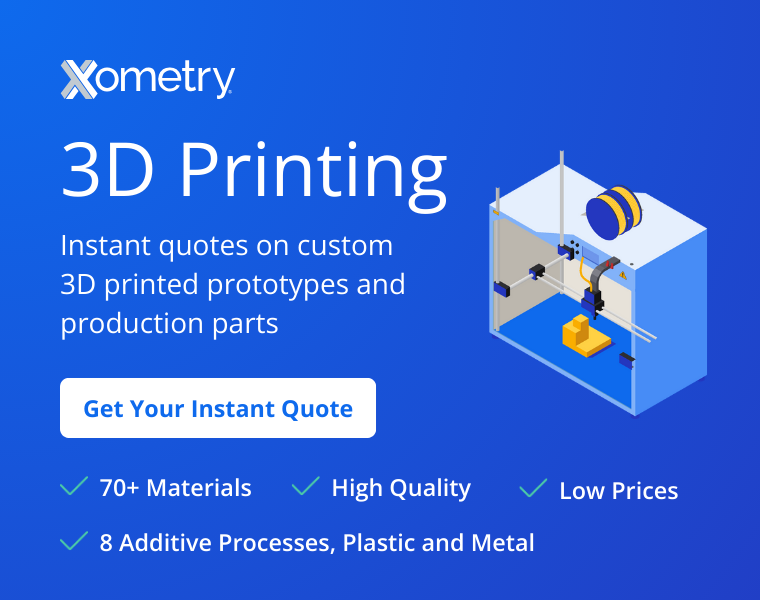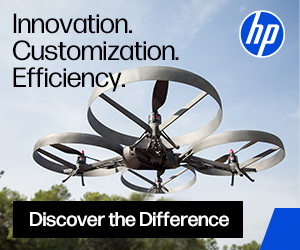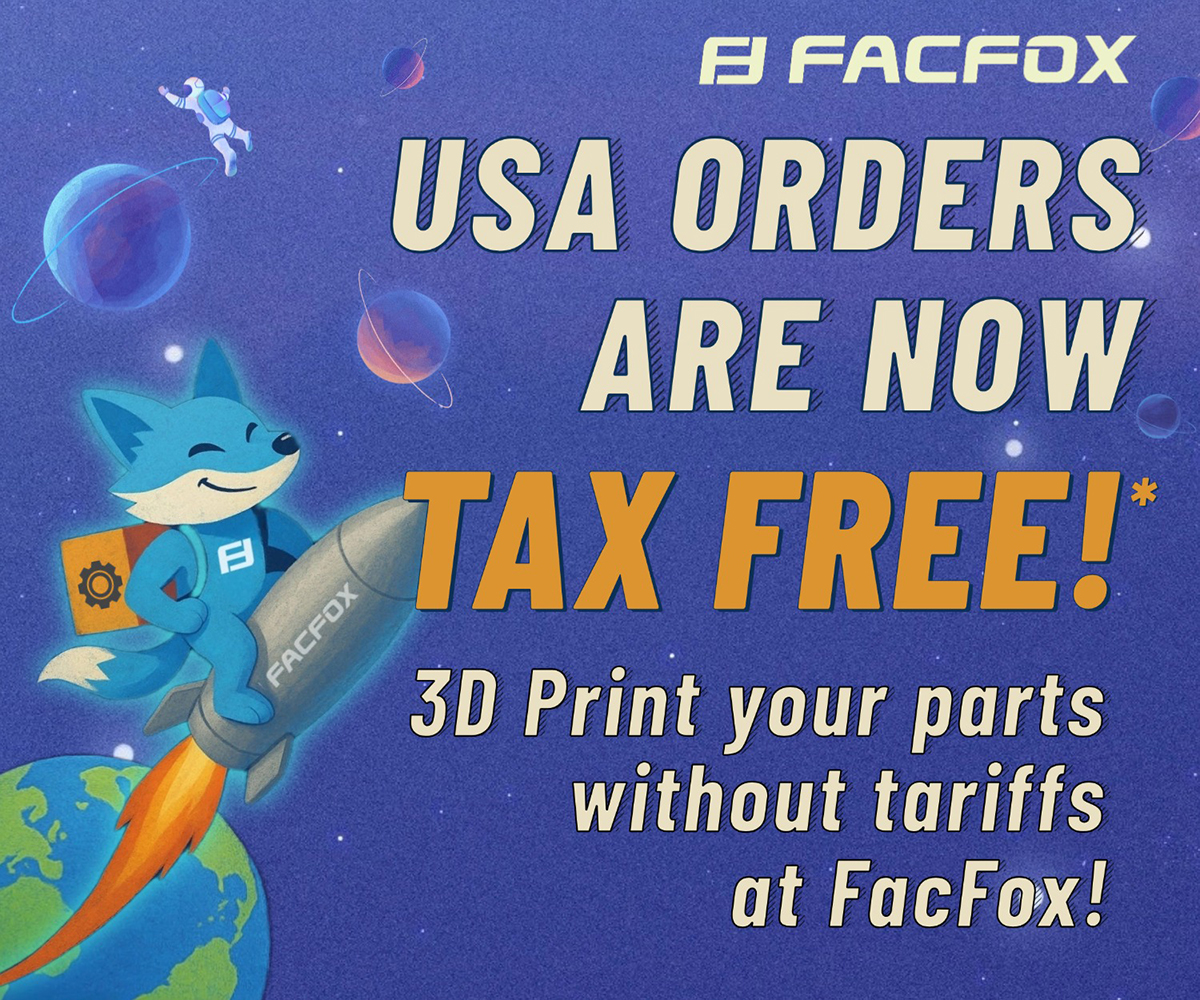 When Microsoft introduced the updated, 3D printing-specific 3MF format, and the collaborative 3MF Consortium, in 2015, the announcement drew significant attention in the hopes of a superior digital file format for additive manufacturing. 3MF (3D Manufacturing Format) promised to get rid of many issues that crop up when using common 3D formats, like STL, and allow design applications to send full-fidelity 3D models to various other applications, services, platforms, and 3D printers.
When Microsoft introduced the updated, 3D printing-specific 3MF format, and the collaborative 3MF Consortium, in 2015, the announcement drew significant attention in the hopes of a superior digital file format for additive manufacturing. 3MF (3D Manufacturing Format) promised to get rid of many issues that crop up when using common 3D formats, like STL, and allow design applications to send full-fidelity 3D models to various other applications, services, platforms, and 3D printers.
The 3MF Consortium, a Joint Development Foundation project formed specifically for collaborative development of the format, has been busy making improvements driven by 3D printing heavyweight members including Autodesk, Shapeways, Ultimaker, HP, Dassault Systèmes, SLM Solutions, GE Global Research, 3D Systems, Stratasys, Materialise, and Siemens PLM.
Some of those improvements have come in the way of specification extensions, which the consortium releases as a way of furthering its goal to provide a universal specification that will act as the additive manufacturing ecosystem’s backbone, allowing companies to shift focus from basic interoperability issues to innovation.
The consortium has already published three extensions, and is now adding a fourth to the mix, as today it has ratified and released the Beam Lattice Specification Extension to its 3MF Core Specification to enrich the format’s geometry notion. This makes 3MF the only 3D file format that supports full color capabilities, textures, and now internal lattice structures for 3D printing.
Adrian Lannin, Executive Director for the 3MF Consortium, told 3DPrint.com, “The 3MF Beam Lattice Extension is our fourth extension to the 3MF Core Specification, and probably our most important. Not only is it the first standardized 3D beam lattice extension, but it solves a particularly difficult additive manufacturing interoperability issue not fully addressed by other file formats.”
This new specification increases the potential for efficient and lightweight 3D design, and can support both small-scale lattices and larger truss structures.
“The 3MF Beam Lattice Extension simplifies creation of lattice structures for 3D printing in additive manufacturing environments. The central idea of this extension is to enrich the geometry notion of 3MF with beam lattice elements that can represent small-scale lattices as well as larger truss structures – both of which are quite inefficient to handle with a mesh representation, especially in cases where the element count grows into large numbers,” explained Alexander Oster, Chairman of the 3MF Technical Working Group and Director of Additive Manufacturing for Autodesk.
The 3MF Beam Lattice extension is an entirely new way of storing and transferring lattice-type geometry information. 3MF is solving a major industry interoperability issue by providing beam lattice support, which is not always addressed well in other 3D file formats. There are many benefits to using 3MF’s Beam Lattice Extension, such as lower production times and material costs and improved flexibility in design.
Lannin said, “Using lattice structures unlocks a key potential of additive manufacturing. The 3MF Beam Lattice Extension to our core specification provides the most efficient expression of lattice geometry and moves the industry forward toward standardizing the software for an end-to-end 3D printing solution.”
The extension, which is now available for download, has inherited all of the features from the 3MF Core Specification. That means you can easily find materials, colors, build information, and technology-specific characteristics, such as support structures, in one compact, well-structured file.
“While this is meant to be an exact specification of the lattice geometry, and consumers MUST interpret it as such, the intent is also for applications in which editors can use the data structures for efficient interoperability and post processing the geometry in an intermediate step,” the extension reads.
Many companies, from i.materialise and Mcor to EOS and MyMiniFactory, have adopted the 3MF Core Specification, which provides free open source code to keep adoption barriers low. With this latest extension, engineers and designers alike can, according to the 3MF Consortium, “design the interior of parts creating designs that were not possible to produce only a few years ago.”
Discuss this latest extension, and other 3D printing topics, at 3DPrintBoard.com or share your thoughts in the Facebook comments below.
[Images: 3MF Consortium]
Subscribe to Our Email Newsletter
Stay up-to-date on all the latest news from the 3D printing industry and receive information and offers from third party vendors.
Print Services
Upload your 3D Models and get them printed quickly and efficiently.
You May Also Like
The Dental Additive Manufacturing Market Could Nearly Double by 2033, According to AM Research
According to an AM Research report from 2024, the medical device industry, specifically in dentistry, prosthetics, and audiology, is expected to see significant growth as these segments continue to benefit from...
Heating Up: 3D Systems’ Scott Green Discusses 3D Printing’s Potential in the Data Center Industry
The relentless rise of NVIDIA, the steadily increasing pledges of major private and public investments in national infrastructure projects around the world, and the general cultural obsession with AI have...
AM Research Webinar Explores Continuum’s Sustainable Metal Additive Manufacturing Powders
Metal additive manufacturing (AM) powder supplier Continuum Powders is working to develop solutions that empower industries to reduce waste and optimize their resources. An independent life cycle assessment (LCA) of...
3D Printed Footwear Startup Koobz Lands $7.2M in Seed Round
California-based Koobz is focused on reshoring the U.S. footwear supply chain with advanced manufacturing processes, including 3D printing. The startup just announced that it has added $6 million to its...



































